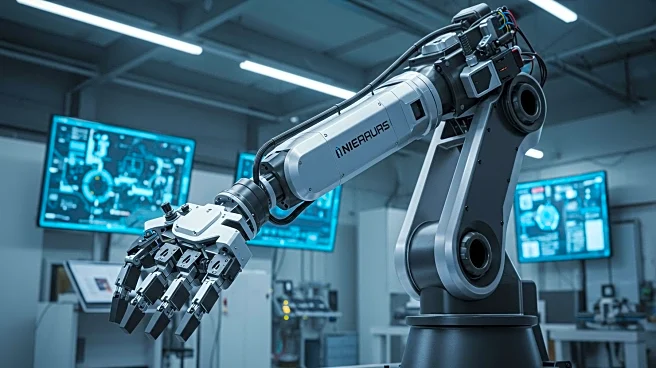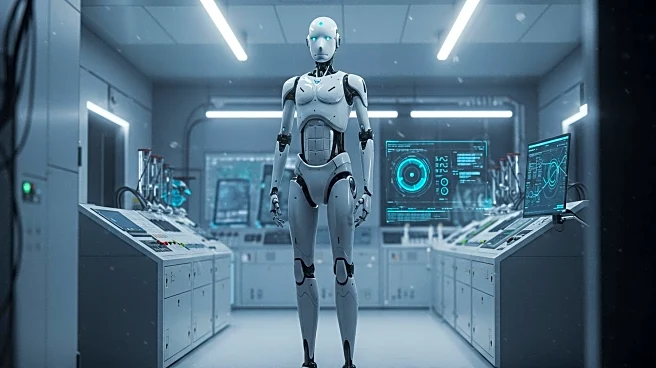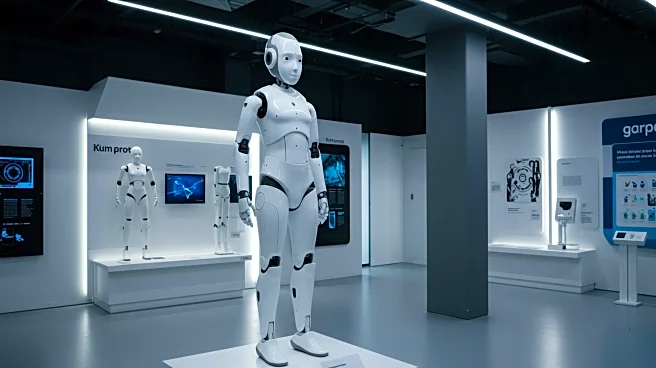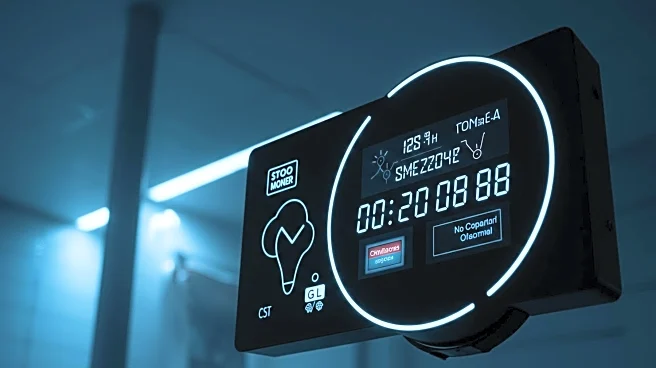Rapid Read • 8 min read
The robotics industry is increasingly focusing on end-of-arm tooling (EOAT) as a significant profit driver. EOAT includes various devices such as grippers, suction cups, and welding torches that are attached to robotic arms to manipulate objects. The global EOAT market was valued at $2.6 billion in 2023 and is projected to grow at a compound annual growth rate (CAGR) of 10.1% through 2028, reaching approximately $4.2 billion. This growth rate surpasses that of industrial robot hardware, which is estimated at 7% to 8% CAGR. EOAT is essential for the functionality of industrial robots, with over 553,000 units installed in 2023 alone, according to the International Federation of Robotics.
AD
EOAT represents a lucrative opportunity within the robotics sector due to its recurring revenue model and customization potential. Unlike standard robot arms, EOAT requires industry-specific engineering, which commands higher margins and discourages commoditization. The ability to sell EOAT across different robot brands further expands market reach. Emerging segments such as agricultural robotics and warehouse item picking are increasingly reliant on EOAT, highlighting its critical role in advancing automation capabilities. As the demand for specialized tooling grows, EOAT manufacturers are poised to benefit significantly.
Organizations like ASTM International are preparing for the EOAT boom by developing performance standards for robotic end effectors. This initiative aims to ensure quality and consistency as the market expands. As EOAT continues to gain traction, manufacturers may see increased orders for customized tooling solutions, particularly as industries shift their focus from traditional applications to new areas such as food handling and fragile goods. The ongoing development of standards and testing methods will play a crucial role in supporting this growth.
The rise of EOAT could lead to significant shifts in the robotics industry, emphasizing the importance of specialized tooling over generic robotic hardware. This trend may drive innovation in EOAT design and functionality, potentially leading to new applications and markets. The focus on EOAT also underscores the need for collaboration between manufacturers and industry standards organizations to ensure the successful integration of these tools into various robotic systems.
AD
More Stories You Might Enjoy










